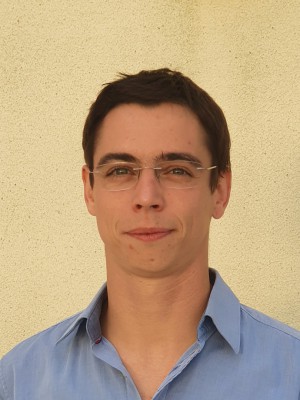resumo
Solution-processed thin films of crystalline silicon nanoparticles (Si NPs) have a great potential for a wide variety of electronic and optoelectronic applications. However, such films are inherently unstable due to their huge surface-to-volume ratios and high surface energies, making them prone to degradation associated with spontaneous oxidation in ambient conditions. In this work, we explore the use of atomic layer deposition (ALD) as a means to stabilize and potentially functionalize solution-processed thin films of Si NPs for (opto)electronics, e.g., thin-film transistors, photosensors, light-emitting devices, and photovoltaics. We prepared films of randomly distributed Si NPs with ultrashort surface ligands (Si-H termination) using wet chemistry and spray-coating and then use ALD to infill the films with Al2O3. Through microscopy and optical structural/morphological analysis, we demonstrate the achievability of ALD infilling of films of Si NPs and probe the stability of these films against oxidation. Moreover, we show that the ALD infilling leads to changes in the light emission properties of the Si NP films, including a relative quenching of disorder-related emission features and variations in surface-related dielectric confinement effects. Our studies reveal ALD as a relevant technique toward manufacturing de facto robust, functional nanomaterials based on Si NPs and on nanoscale silicon materials more generally.
palavras-chave
FIELD-EFFECT TRANSISTORS; ELECTRONIC STATES; PLASMA SYNTHESIS; QUANTUM DOTS; SOLAR-CELLS; NANOCRYSTALS; DEPENDENCE; PROSPECTS
categoria
Science & Technology - Other Topics; Materials Science
autores
Botas, AMP; Leitao, JP; Falcao, BP; Wiesinger, M; Eckmann, F; Teixeira, JP; Wiggers, H; Stutzmann, M; Ferreira, RAS; Pereira, RN
nossos autores
Grupos
G1 - Materiais Porosos e Nanossistemas
G2 - Materiais Fotónicos, Eletrónicos e Magnéticos
G3 - Materiais Eletroquímicos, Interfaces e Revestimentos
agradecimentos
This work has been partially performed in the scope of the projects i3N (UID/CTM/50025/2019) and CICECO-Aveiro Institute of Materials (UIDB/50011/2020 and UIDP/50011/2020) financed by national funds through the Fundacao para a Ciencia e a Tecnologia/Ministerio da Educacao e Ciencia (FCT/MEC) and cofinanced by FEDER under the PT2020 Partnership Agreement. The work has been also developed in the scope of the Project i3N, UIDB/50025/2020 and UIDP/50025/2020, financed by national funds through the FCT/MEC, and the Project SusPhotoSolutions - Solucoes Fotovoltaicas Sustentaveis. A.M.P.B. acknowledges a grant financed by SusPhotoSolutions project CENTRO-01-0145-FEDER-000005 and the FCT for a PhD grant (SFRH/BD/104789/2014).




